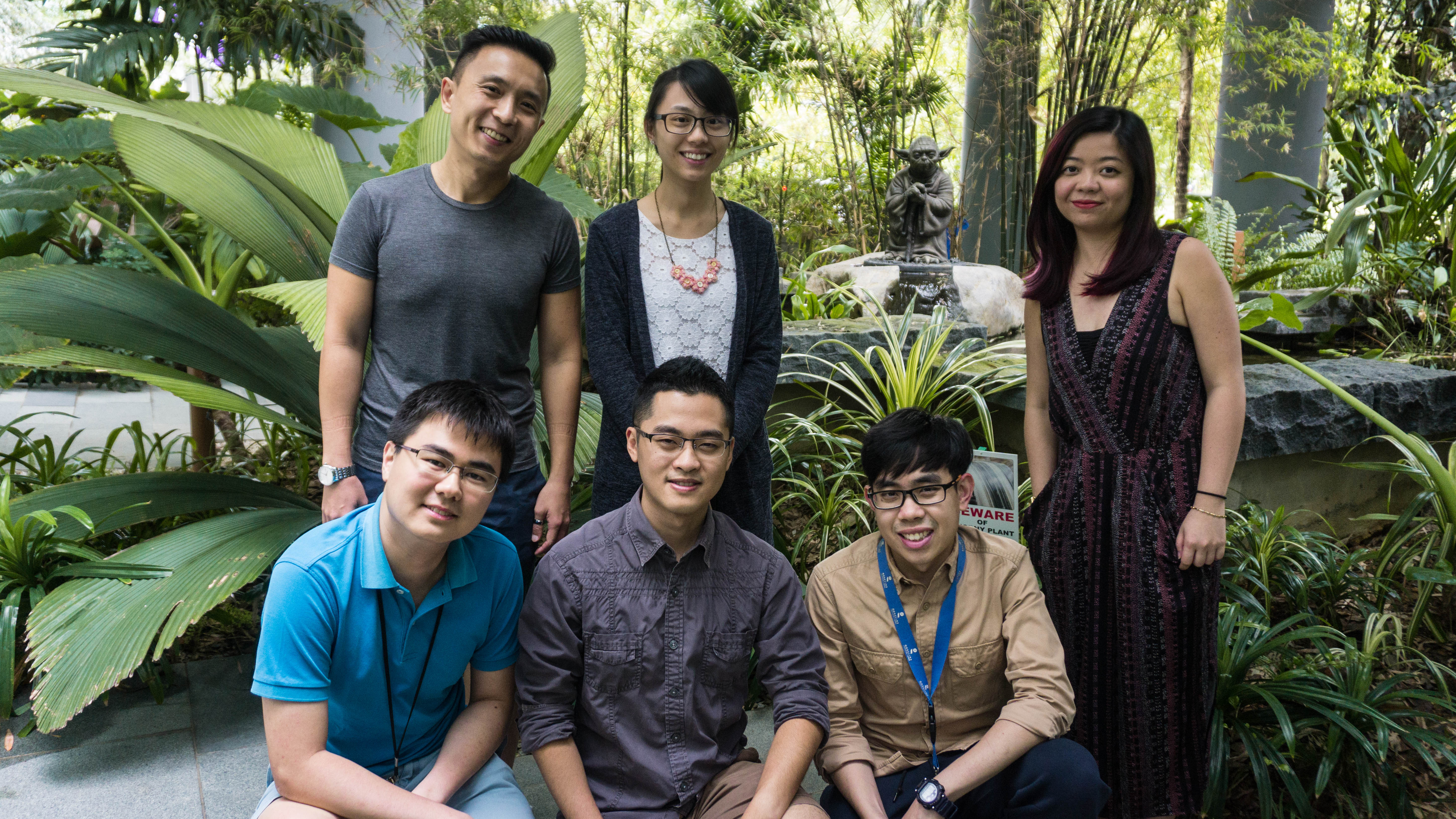A long time ago in a galaxy far, far away, the Resistance and the First Order battled for the fate of the galaxy.
Helmed by director Rian Johnson, The Last Jedi was released in Dec. 2017. As of mid-Jan, the movie has raked in more than US$1.2 billion at the global box office.
But as fans lined up to watch the latest entry in the Star Wars franchise, you might not have known that among the people who worked on the film was a dedicated Lucasfilm team, right here in Singapore.
Where the magic happens
The Sandcrawler is a big building in the heart of Singapore's Fusionopolis campus. If you squint a bit and use your imagination, it kind of looks like the iconic mobile fortresses used by the Jawas in A New Hope.
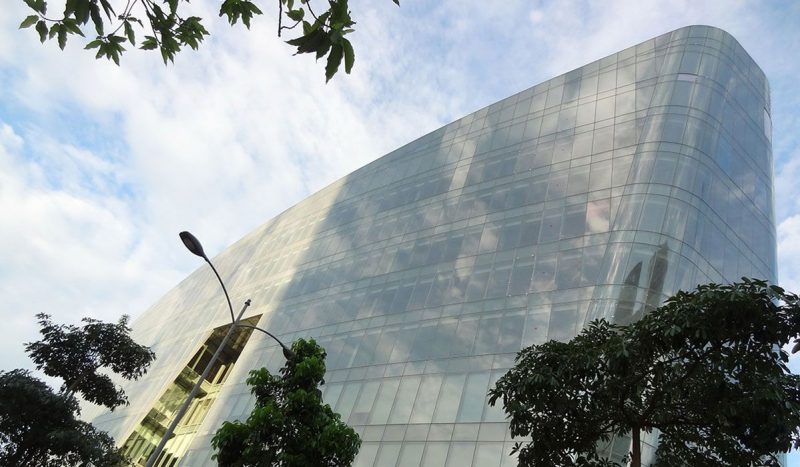 Pic from Lucasfilm.
Pic from Lucasfilm.
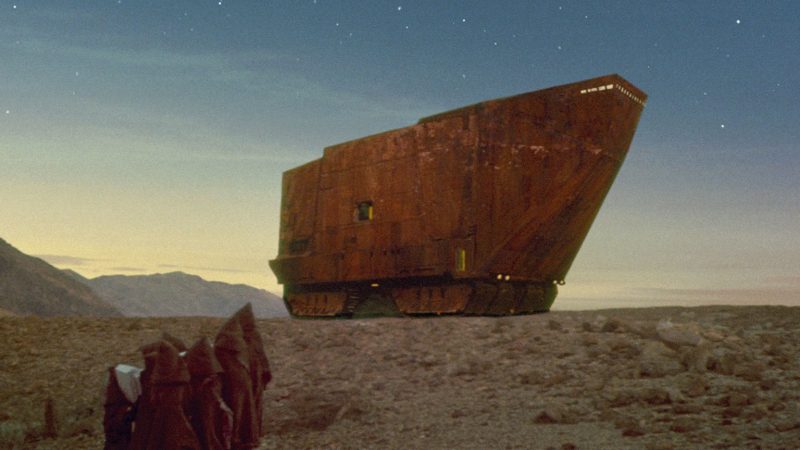 Pic from StarWars.com
Pic from StarWars.com
But the work that goes on inside the Sandcrawler is far more complex than salvaging abandoned droids and selling them for scrap.
Lucasfilm, the company founded by George Lucas that produced the Star Wars movies, set up a small branch in Singapore in 2005.
[related_story]
After growing it into a "world-class digital production facility", the studio opened its regional headquarters at the Sandcrawler in 2014, with special guests Lucas and Prime Minister Lee Hsien Loong in attendance. The PM said at the time:
"The magic lies not in the equipment or processes, but in the creative spark that resides in human minds. And these can only light up in an environment which inspires people, promotes creativity and helps people to realise their dreams and to dream big. That is what we are trying to create here."
We met with a few of the Singaporeans at Lucasfilm who played instrumental roles in making The Last Jedi to discover more about life at the Sandcrawler:
Taking a chance
Creativity was on Ethan Lim's mind when he decided to make the leap to the world of digital animation.
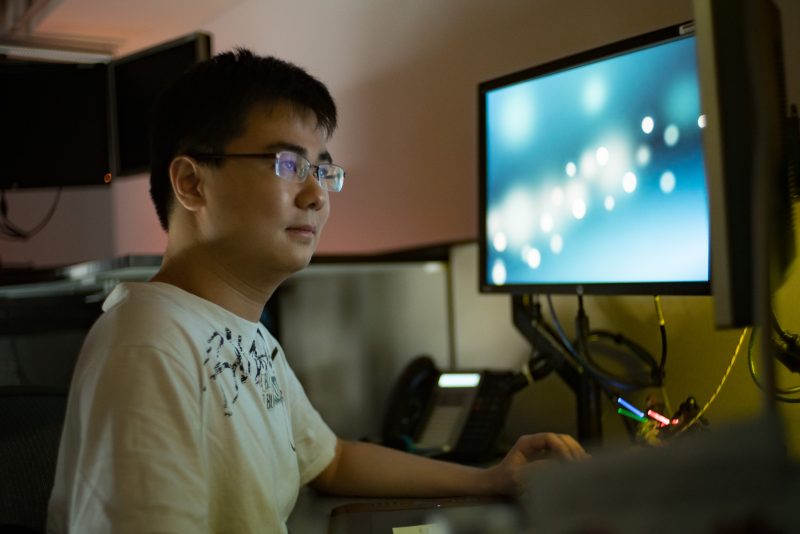 Pic from Lucasfilm.
Pic from Lucasfilm.
The 27-year-old is a Generalist Artist at Lucasfilm, performing modelling, lighting and texturing work. But back in 2013, he was in a completely different field, studying Information Systems in SMU. He said:
"I always wanted to do something creative and visual. But I never really explored the option to do this professionally, because I wasn't aware of this."
After each class, he would wander around bookshops, browsing books on graphic design and looking up tutorials online.
"At a certain point, I just decided 'Hey, if I want to get into this, I want to do this professionally.'"
So driven was Lim that he decided to leave SMU without graduating and joined a media school. After freelancing and then working for another visual effects company, he chanced upon the Jedi Masters Program in 2015.
The paid apprenticeship runs for about six months and is offered by Lucasfilm Singapore for artists looking to join the company. In Feb. 2016, Lim joined the company full-time and didn't look back.
The program was also how Wingyi Luk got her foothold in the business. The 28-year-old Lighting Technical Director graduated from Lasalle in 2011, where she studied lighting in animation.
"I've been fascinated by the effects of lighting in movies since I was young. When an opportunity came by in the Jedi Masters Program, I signed up for it."
During her apprenticeship, she studied practical lighting — how light appears in real life — in order to make computer-generated shots look more realistic.
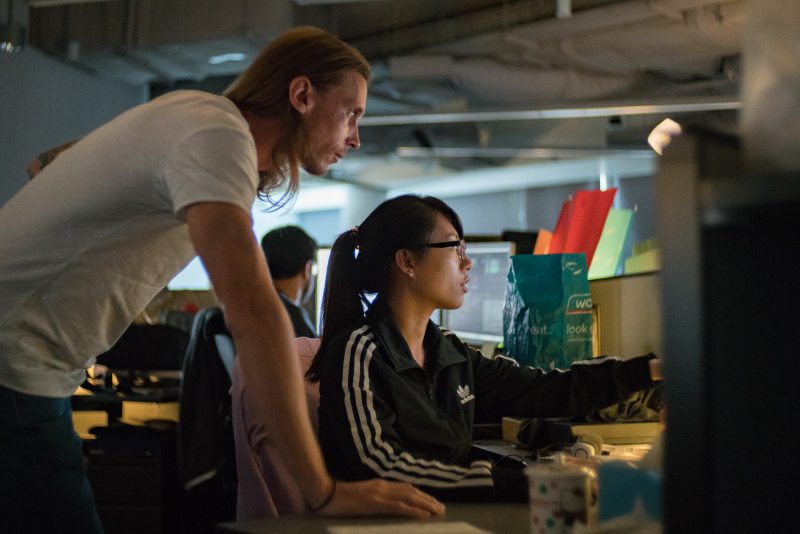 Pic from Lucasfilm.
Pic from Lucasfilm.
A pivotal scene
Although Rian Johnson didn't actually speak to the Singapore team every day, they knew exactly what he needed. If you somehow haven't watched the movie yet, spoilers ahead:
A pivotal scene in the movie was brought to life by the Singapore team — the flashback to the moment where Ben Solo wakes up to see Luke Skywalker standing over him with an illuminated lightsaber.
Believing that his uncle was prepared to kill him in cold blood, Solo lashes out with his Force powers, collapsing the hut and beginning his path to the Dark Side.
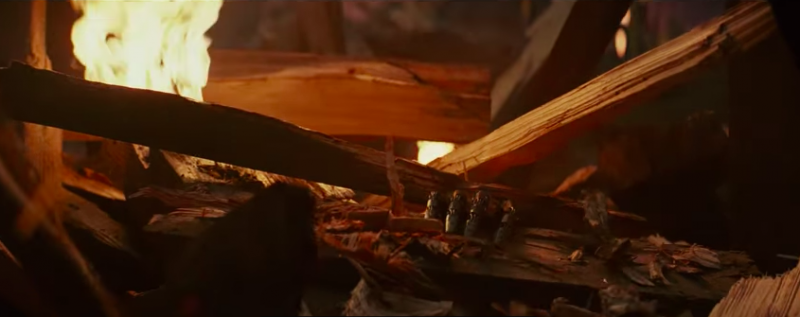 Screen shot from YouTube.
Screen shot from YouTube.
Compositor Perry Yap, 29, remembers getting the opportunity to contribute to the visuals of this key scene:
"We did the hut destruction sequence with the lightsabers, and we had to design the look. How it looked like when the sabers clashed, what colours would be seen, and how the sparks would look. Would they be thick or thin sparks? And then the overall feel of the scene."
Yap started out as a Roto Paint artist, responsible for removing elements in the shot if the director doesn't want them there — kind of like a "frame cleaner" of sorts. But he's now more involved in the creative process.
"You get to put in certain ideas you have, like this lens flare or fire in the shot. Whatever makes it look good."
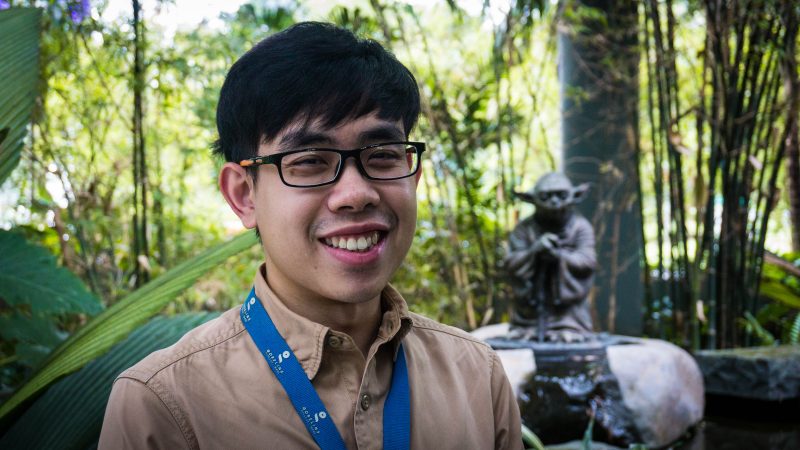 Pic by Jiahui Wee.
Pic by Jiahui Wee.
Setting the mood
The flashback scene wasn't the only one that the Singaporean team worked on. Luk worked on another key scene where the Resistance had evacuated their ship and escaped on shuttles. However, the First Order discovered their plan and started firing.
It's a poignant moment, with audiences watching in shock and horror as the escape shuttles get blown up. Our heroes are in a shuttle themselves, utterly defenceless, and could become the next victims at any moment.
For a scene like that, lighting is crucial in heightening the emotional effects, which was Luk's time to shine. She explained how her team worked with minimal lights, including the glare from the explosions, on Johnson's orders:
"He wanted something that is mysterious, because in the shot itself there were many transporters. He wanted to hide some of them further into the background. We'd just focus on the ship that's going to get hit. So we would have to move our lights around and get different variations."
But at other times, the artists have to concentrate on doing their job so well that the audience doesn't even detect their work. That's what William Lim, 38, does as a Creature Technical Director for Lucasfilm.
He ensures that the computer-generated costumes and vehicles the characters interact with conform to real-world physics. Lim worked on the climactic scene where the Resistance sally forth in rickety speeders to take on an army of AT-ATs.
Lim shares the magic ingredient to making sure the shot looks perfect:
"For artists, it's patience, because we have to run our shots lots of times to be aesthetically correct, and at the same time comply with what the director wants."
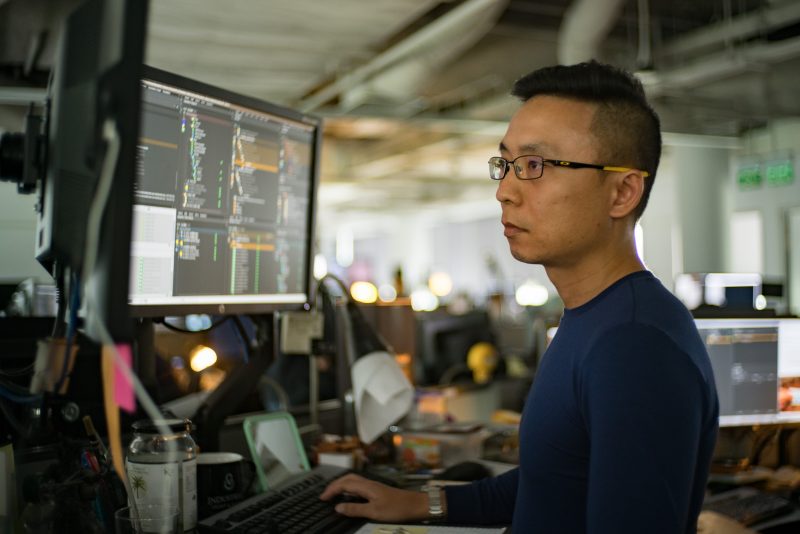 Pic from Lucasfilm.
Pic from Lucasfilm.
Starting from scratch
But with so many teams working together, it takes a real hero/ine to make sure everything runs smoothly.
That's Pearlyn Yeo's job. The 29-year-old Associate Production Manager joined Lucasfilm in 2011, having studied creative producing at Chapman University. She describes what her course entailed:
"It's pretty similar to what producers do. They have a lot of input in the script writing process, the casting. They have creative say, down to the editing process, how it's being distributed, the marketing. Almost all aspects of filmmaking from start to finish."
She described her role as the "gel" between Lucasfilm's different facilities, liaising daily with the other studios in London, Vancouver and San Francisco. In Singapore, she facilitates communication between artists and producers.
But not everything goes to plan. Yeo described how the team could work on a shot continuously for months, and then have to deal with changes after a test screening. These changes could be drastic, or the shot could be removed from the film entirely.
"You'd scramble to put together a schedule to rework the shot, so you're basically starting from zero. It's a challenge to rework everything under such deadlines and reorganise everyone to start from the beginning."
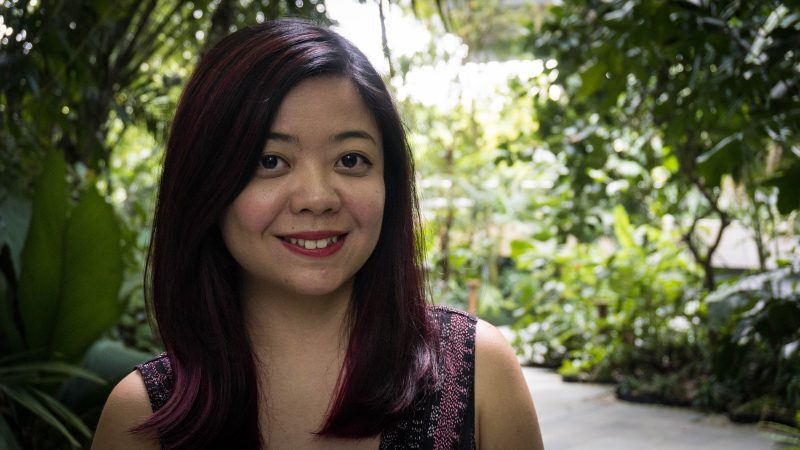 Pic by Jiahui Wee.
Pic by Jiahui Wee.
From newbie to leader
Keeping morale up under such circumstances is just another responsibility for Jean Le Koh, 36, the Lead Roto Artist. Koh leads a team whose size changes depending on their tasks, but for The Last Jedi he found himself in charge of up to 20 artists.
It's a big change from the days when he first joined as a Junior Artist in 2009.
"I'm no longer just responsible for the immediate task that's been given to me, where I could just look at that and nothing else. I needed to develop a bigger picture, know the context for any given sequence, and try to anticipate what's needed by the other departments."
As lead, he also has to handle the mix of personalities in his team, and help them overcome the roadblocks. And because he showed these qualities quite impressively, he was selected to lead a Jedi Masters Program of his own.
Koh mentored a group of 12 hopeful padawans for about six months, sharing his experiences and imparting advice for starting out in the industry.
"Having a good portfolio is important, a collection of your best and greatest works. But I think it's a convergence of three things. Networking and contacts in the industry, your skills, and last is your timing and available opportunities. When they come together, that's when you get hired."
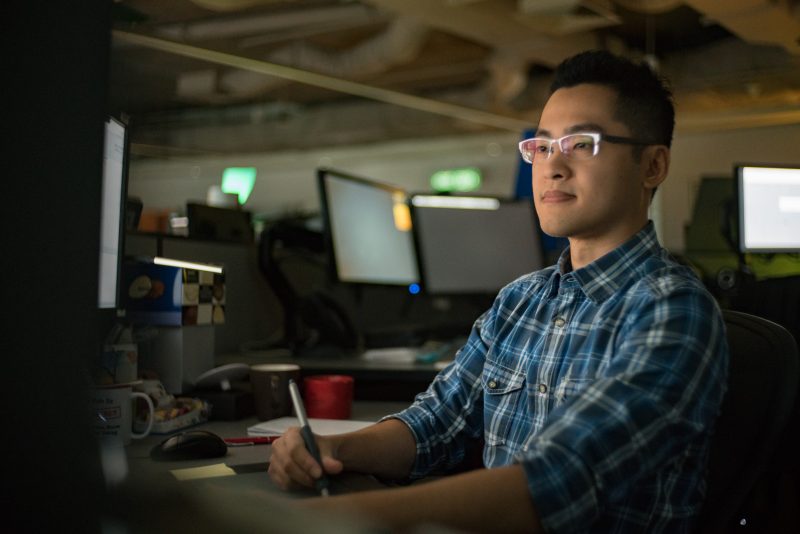 Pic from Lucasfilm.
Pic from Lucasfilm.
Finally seeing the finished product
Despite the blood, sweat and sleepless nights, the best moment for any artist has to be seeing the finished product. Yap recalled his excitement over finally seeing his work when the movie was released:
"It feels great, it's awesome. We were so proud. When we saw it, we came back to the office and said 'Oh my God, did you see this shot, it looks so amazing on the big screen!' We're very happy about it."
Quipped William Lim:
"It feels good, but it was over too quickly."
On Jan. 23, it was announced that The Last Jedi had been deemed worthy of four Academy Award nominations, including the Oscar for Best Visual Effects.
Imagine what a feather in their cap it would be.
But Lim is right — they have no time to rest on their laurels. The Hollywood blockbuster Ready Player One is next, and the artists of Lucasfilm are ready to meet the challenge.
The next time you sit down to watch a big time film in the cinema, especially it's from Lucasfilm, it might be cool to know that a part of it was likely made right here in Singapore.
Top image by Jiahui Wee.
If you like what you read, follow us on Facebook, Instagram, Twitter and Telegram to get the latest updates.
